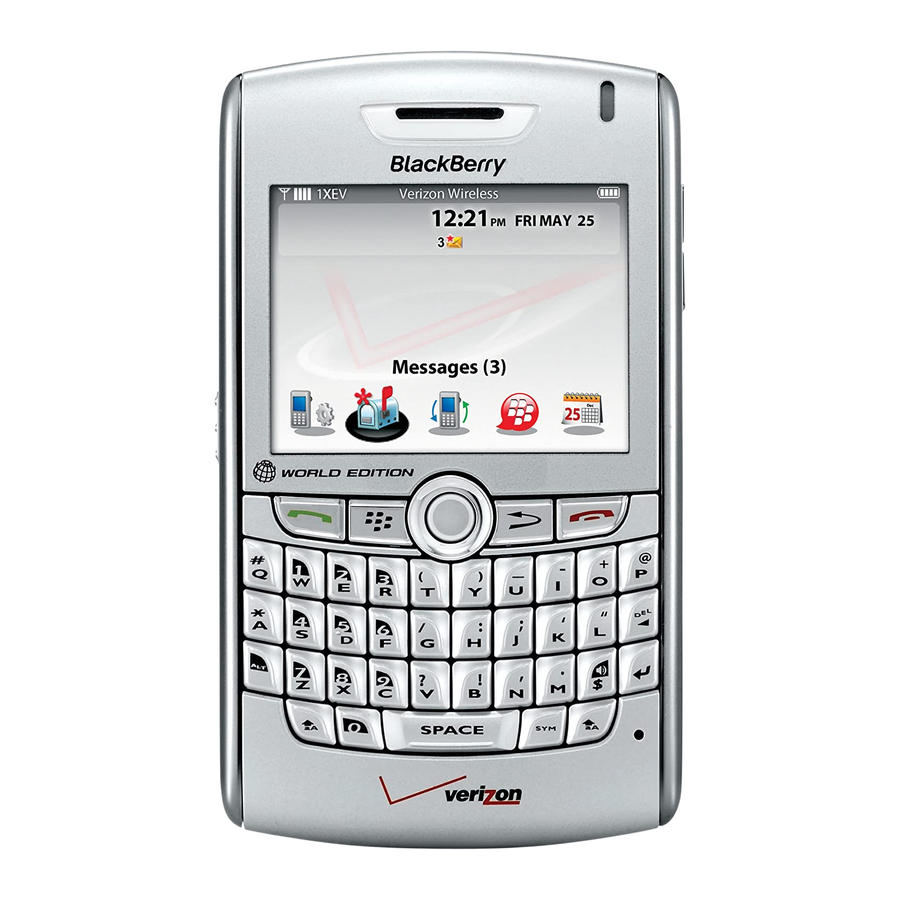Aircraft: Federal Aviation Administration (FAA) and Federal Communications
Commission (FCC) regulations prohibit using the radio of wireless devices while in
the air. Turn off all wireless connections on the BlackBerry device before boarding
an aircraft. The effect of using the BlackBerry device with wireless connections turned
on in an aircraft is unknown. Such use might affect aircraft instrumentation,
communication, and performance, might disrupt the network, might otherwise be
dangerous to the operation of the aircraft, and might be illegal. With all wireless
connections on the BlackBerry device turned off, use only non-radio based device
applications in accordance with airline regulations for electronic devices.
Dangerous areas
The BlackBerry device is not an intrinsically safe device and is not suitable for use in
hazardous environments, where such devices are required, including without
limitation, in presence of gas fumes, explosive dust situations, operation of nuclear
facilities, aircraft navigation or communication services, air traffic control, and life
support or weapons systems.
Potentially explosive atmospheres: Turn off all wireless connections on the
BlackBerry device when in any area with a potentially explosive atmosphere, and
obey all signs and instructions. Sparks in such areas could cause an explosion or fire
resulting in bodily injury or even death.
Areas with a potentially explosive atmosphere are often, but not always, clearly
marked. They include fueling areas such as gasoline or petrol stations; below deck
on boats; fuel or chemical transfer or storage facilities; vehicles using liquefied
10

